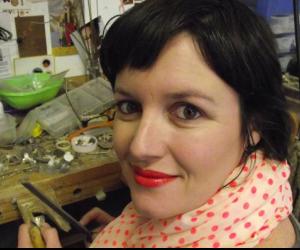From the Series

“For me, craft is defined by an emphasis on hand skills – it is about the labour-intensive creation of objects that are not only beautiful but usually have some kind of functionality, too (unlike fine art, which is essentially useless). Craft objects have a special kind of warmth because they are familiar (teacups, candleholders, bowls etc), and because they do not have to be intellectually engaging, just beautiful.
“Internationally, the craft debate is about technology: traditional hand skills vs new machine-driven technologies that erase any sign of the hand in the finished object. However, in South Africa the debate is also about our difficult history: craft was denigrated in the past as the quaint practice of rural, unsophisticated local people, while conceptual fine art was the domain of white urban practitioners. That is changing, although I think there is still a massive divide between the traditional craftsperson and the student being exposed to more contemporary ideas at a tertiary institution
“As part of this historical redressing, authorship should be renegotiated. Although craft is traditionally seen as a collective product (which is what gives it much of its ‘soul’), I think that in the contemporary environment individual crafters should absolutely be recognised for their work. Different practitioners have widely varying styles and different degrees of skill, so making them anonymous is patronising. There is no reason we can’t recognise individuals while at the same time acknowledging that they belong to a particular cultural tradition. I think that seeing craft as a collective activity, while it holds a degree of romance, is dangerous because it stifles innovation and individual expression.”
Fenn selected Beverley Price’s picture necklaces as her favourite craft product.









